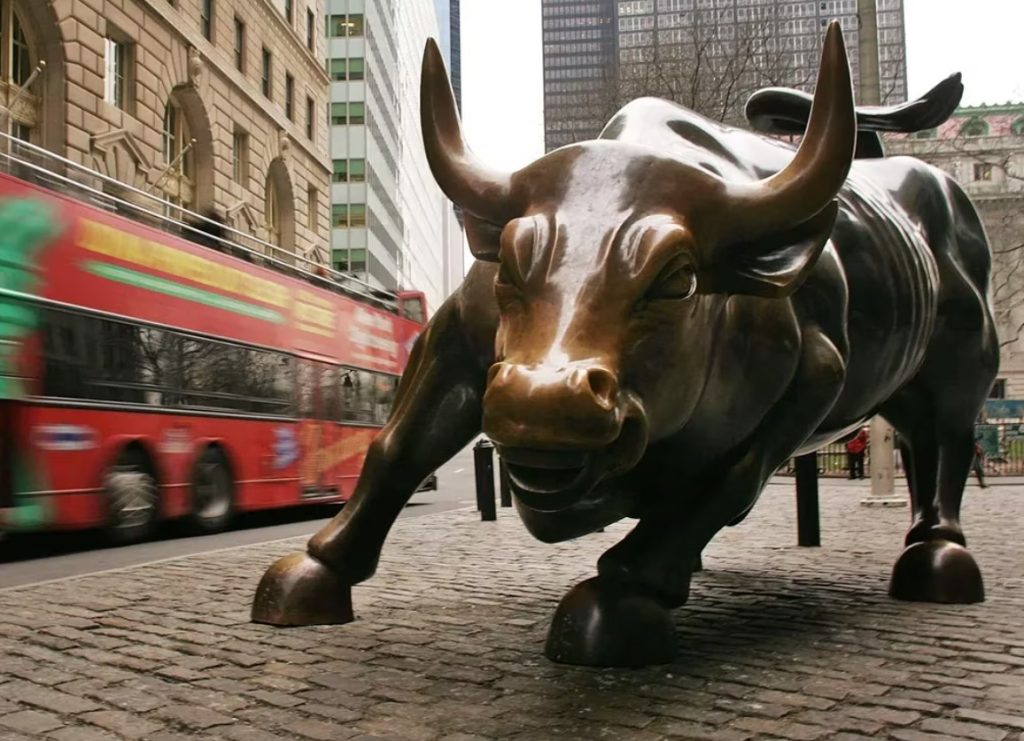
FTX’s collapse was the catalyst for a new bullish cycle in cryptocurrency markets, Bernstein said in a research report Monday.
The crypto exchange’s demise cleaned up the final tranche of “toxic crypto leverage” and taught digital asset investors the importance of decentralization and self-custody wallets, the report said.
Macro catalysts are aligning for bitcoin, the world’s largest cryptocurrency by market cap, the note added, with continued weakness in U.S. regional banks and further deposit outflows towards money market funds and the big four U.S. banks all reflecting concerns around the “centralisation of money.”
“Any potential dislocation, whether on the bank’s credit side, or on the sovereign side …positions bitcoin perfectly as a safe haven asset alongside gold,” analysts Gautam Chhugani and Manas Agrawal wrote.
Bitcoin has rallied 80% this year – with prices surging 23% in March amid multiple bank failures in the U.S. Ethereum’s native token ether is up 76% on a year-to-date basis, according to CoinDesk data.
Ethereum implemented the highly-anticipated Shapella hard fork last week, opening doors for users to stake and unstake ether at will. Ether rallied 13% post the upgrade, lifting the broader market higher.
The Ethereum blockchain’s fees are up threefold, “reflecting the growing user intensity and token prices, post FTX,” the note said.
Per Bernstein, the new crypto cycle is still not fully appreciated, with a number of positive factors lining up. These include macro catalysts, a new bitcoin mining cycle, the continued successful upgrades of the Ethereum blockchain, and the success of Ethereum scaling ecosystems such as Arbitrum.
“The opportunity to build a new institutional financial stack on the blockchain remains a worthy goal, and serious participants remain focused on the long term,” the report said, adding that this will be the “first crypto cycle which will see participation from leading institutional investors.”





























